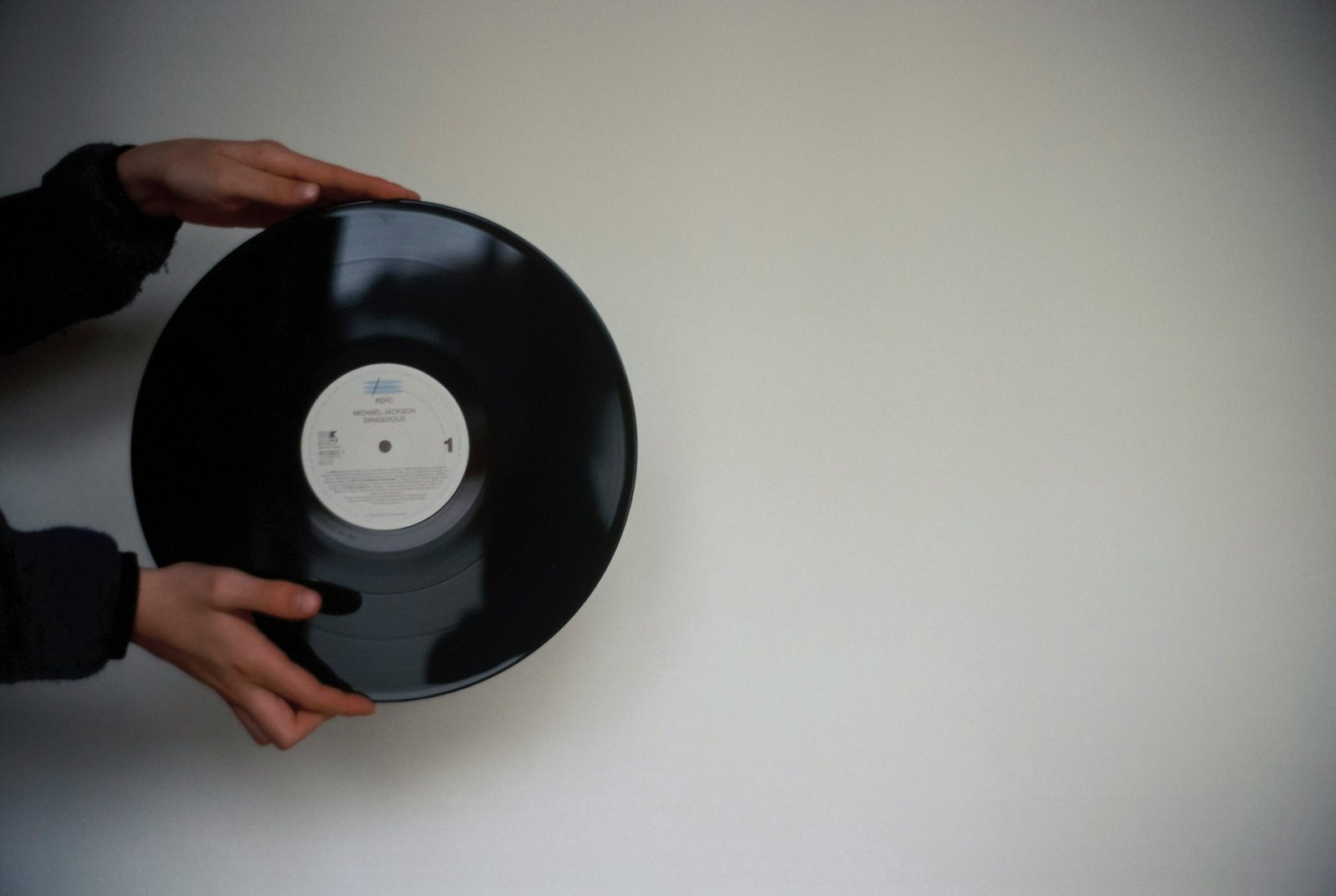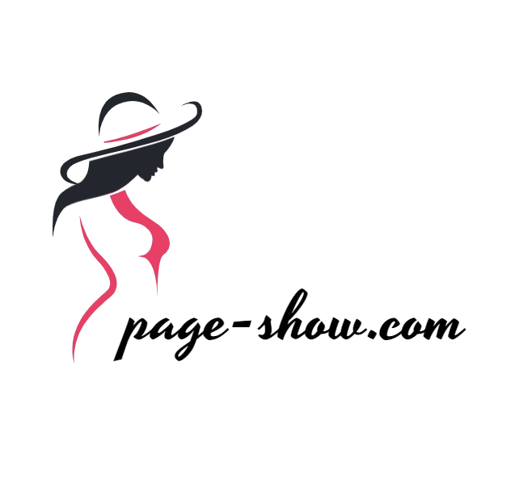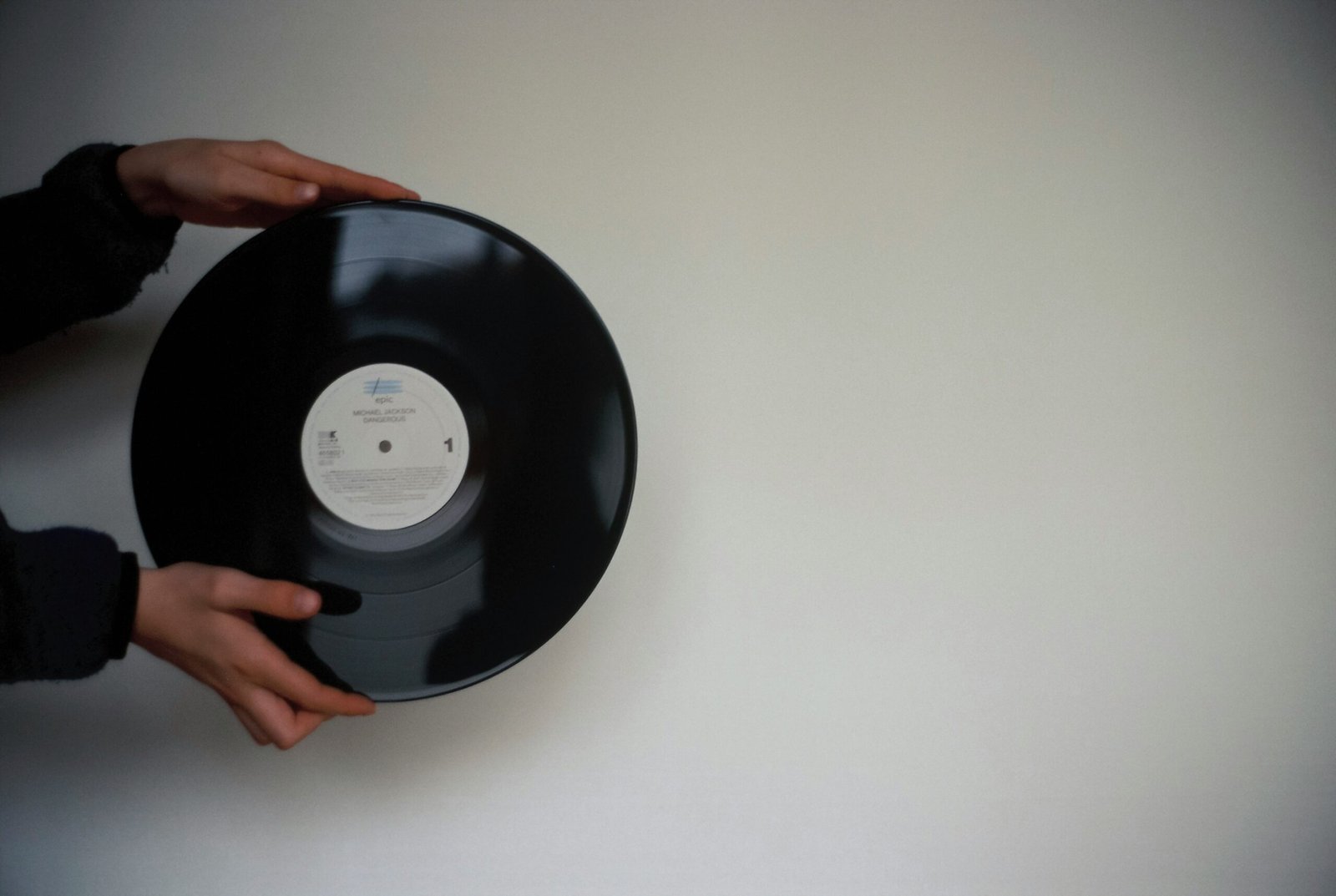
The concept of retro revival has gained significant traction in recent years, as contemporary designers and artists increasingly draw inspiration from past decades to create modern interpretations of classic styles. This phenomenon, often referred to as “retro revival,” embodies the cyclical nature of fashion and design trends, where elements from previous eras are reimagined and reintroduced with a contemporary twist.
In the world of fashion, it is not uncommon to see runway collections that pay homage to the silhouettes and patterns of the 1950s, 1960s, or 1970s. Similarly, in interior design, mid-century modern furniture and decor have made a notable comeback, blending vintage aesthetics with modern functionality. This resurgence of interest in retro styles is not merely nostalgic but reflects a sophisticated appreciation for the enduring appeal and timeless quality of classic designs.
Moreover, retro revival extends beyond fashion and interior design, influencing various creative industries such as graphic design, music, and film. For instance, contemporary graphic designers often incorporate vintage typography and color schemes into their work, while musicians may draw on the sounds and production techniques of earlier decades to craft new, yet familiar, auditory experiences. In cinema, filmmakers might employ retro visual aesthetics or storytelling methods to evoke a sense of nostalgia and connect with audiences on an emotional level.
The allure of retro revival lies in its ability to bridge the gap between the past and the present, offering a sense of continuity and connection across generations. By revisiting and reinterpreting classic styles, designers and artists not only celebrate the rich heritage of their respective fields but also push the boundaries of innovation and creativity. As we delve deeper into the various retro influences in today’s creative industries, it becomes clear that retro revival is more than just a trend—it is a testament to the enduring power of great design and its ability to inspire and evolve over time.
Fashion: Bringing Back the Past
The fashion industry has always had a penchant for revisiting past eras, and the current wave of retro revival is no exception. From the resurgence of 90s grunge to the glamour of the 70s disco era, designers are embracing classic styles and giving them a modern twist. This fusion of old and new caters to contemporary tastes while paying homage to iconic trends of yesteryears.
One of the most prominent trends making a comeback is 90s grunge. Characterized by its edgy, laid-back aesthetic, grunge fashion features oversized flannel shirts, distressed denim, and chunky combat boots. Brands like Balenciaga and Vetements have incorporated these elements into their recent collections, reimagining them with a fresh perspective. The grunge revival taps into a sense of nostalgia while appealing to a new generation seeking authenticity and individuality.
In contrast, the 70s disco era is making a glamorous return. Glittering fabrics, flared pants, and platform shoes are once again gracing the runways. Designers such as Tom Ford and Michael Kors have embraced the opulence of this era, incorporating sequins, metallics, and bold prints into their creations. The disco revival not only celebrates the exuberance of the 70s but also aligns with the current trend towards maximalism in fashion.
Key pieces from these eras are being reinvented to suit modern sensibilities. The slip dress, a staple of 90s fashion, has been updated with contemporary cuts and fabrics, making it a versatile addition to any wardrobe. Similarly, the iconic jumpsuit of the 70s has been reinterpreted with sleek silhouettes and innovative materials, blending retro charm with modern sophistication.
Recent fashion shows have highlighted this retro revival with brands like Gucci and Prada showcasing collections that seamlessly blend vintage influences with contemporary design. By incorporating elements from classic styles, designers are not only honoring the past but also creating timeless pieces that resonate with today’s fashion-forward consumers.
The retro revival in fashion is a testament to the enduring appeal of classic styles. By reimagining iconic trends and blending them with modern aesthetics, the industry continues to captivate and inspire, proving that what once was old can indeed be made new again.
Interior Design: Nostalgia in Your Living Space
In the realm of contemporary interior design, there’s a growing affinity for the aesthetic charm of bygone eras. This inclination towards nostalgia is manifesting through the seamless integration of retro elements into modern living spaces. Designers are drawing inspiration from iconic styles such as mid-century modern, art deco, and bohemian chic, creating spaces that resonate with the past while embracing the present.
Mid-century modern style, characterized by its clean lines, organic curves, and functional forms, remains a popular choice. To evoke this period, designers often incorporate furniture with tapered legs, wooden frames, and minimalist silhouettes. Color schemes typically feature earthy tones such as olive green, mustard yellow, and burnt orange, combined with neutral backdrops to create a balanced and inviting atmosphere.
Art deco, with its glamorous and opulent essence, adds a touch of sophistication to any home. This style is defined by bold geometric patterns, luxurious materials like velvet and marble, and a rich palette of jewel tones. To infuse art deco elements, interior designers might use statement pieces such as mirrored furniture, intricate light fixtures, and metallic accents, ensuring these features harmonize with contemporary aesthetics.
Bohemian chic, on the other hand, brings a relaxed and eclectic vibe to modern interiors. This style celebrates diversity and artistic expression, characterized by a mix of vibrant colors, varied textures, and an array of patterns. Furniture often includes vintage finds, handcrafted items, and pieces with a global influence. Layering rugs, throw pillows, and tapestries can enhance the bohemian feel, creating a cozy and inviting space that reflects personal taste.
Incorporating these retro styles into modern homes requires a thoughtful approach to maintain a cohesive look. Designers are adept at blending old and new, ensuring that nostalgic elements complement contemporary design principles. The result is a living space that feels both timeless and current, providing a sense of familiarity and comfort while showcasing individuality and style.
Technology: Vintage Aesthetics in the Digital Age
The fusion of vintage aesthetics with modern technology is a growing trend, manifesting in various forms from gadget design to user interfaces. This blend is not merely about visual appeal; it taps into a deeper sense of nostalgia and familiarity that resonates with a broad audience. Brands are increasingly leveraging this sentiment to attract consumers who yearn for the charm of yesteryears while enjoying the conveniences of contemporary technology.
One prominent area where retro aesthetics have made a significant impact is in gadget design. Products such as cameras, turntables, and radios are being crafted with a vintage look but are equipped with the latest technological advancements. For instance, modern turntables often feature Bluetooth connectivity, allowing users to enjoy the tactile pleasure of vinyl records while streaming music wirelessly. Similarly, instant cameras combine the nostalgic experience of instant photography with digital enhancements, such as image preview and editing features.
In the realm of user interfaces, retro design elements are increasingly prevalent. Applications and websites are incorporating pixel art, vintage color palettes, and retro fonts to evoke a sense of the past. This stylistic choice not only captures attention but also provides a unique user experience that stands out in the digital landscape. The resurgence of old-school gaming is another testament to this trend. Classic games from the 80s and 90s are being remastered and re-released on modern platforms, offering both original players and new audiences a chance to engage with these iconic games.
Moreover, modern technology is being utilized to enhance these retro experiences. Virtual reality (VR) and augmented reality (AR) technologies are being integrated into retro gaming and other nostalgic activities, providing enriched experiences that were unimaginable decades ago. This combination of old and new not only preserves the essence of classic styles but also breathes new life into them, making them relevant and exciting for today’s tech-savvy consumers.
Music: The Sound of Yesterday, Today
In recent years, the music industry has seen a significant resurgence of retro sounds and styles, as musicians and producers increasingly draw inspiration from the past to create contemporary hits. This phenomenon spans various genres, with synthwave and indie pop being prime examples of how the 80s and 90s are influencing today’s music landscape.
Synthwave, often referred to as retrowave, is a genre that explicitly channels the aesthetics and sonic characteristics of the 1980s. Characterized by heavy use of synthesizers, drum machines, and vintage effects, synthwave evokes nostalgia while offering fresh, new compositions. Artists like Kavinsky and FM-84 are at the forefront of this movement, blending retro elements with modern production techniques to craft unique auditory experiences that pay homage to an era defined by neon lights and analog warmth.
Similarly, indie pop artists are embracing vintage sounds to infuse their music with a sense of familiarity and timelessness. Bands such as Tame Impala and HAIM incorporate elements like lush reverb, analog synthesizers, and tape saturation to evoke the essence of the late 20th century. This approach not only appeals to listeners who grew up during these decades but also captivates younger audiences seeking a distinctive, retro-infused sound.
The revival of vintage recording techniques and instruments plays a crucial role in this trend. Musicians and producers are increasingly turning to analog equipment, such as reel-to-reel tape machines and classic synthesizers, to capture the authentic textures and warmth that digital production often lacks. Additionally, many studios are adopting hybrid setups, combining the best of both analog and digital worlds to achieve a sound that is both nostalgic and cutting-edge.
This blend of old and new has led to a rich tapestry of musical innovation, where the charm of retro aesthetics meets the precision of modern technology. As artists continue to explore and reinterpret the sounds of yesteryear, it is clear that the past remains a vital source of inspiration, shaping the future of music in profound and exciting ways.
In recent years, the entertainment industry has witnessed a significant resurgence of classic narratives through the rebooting and remaking of iconic films and television shows. This trend is driven by a combination of nostalgia and the desire to introduce timeless stories to new generations. Modern interpretations often strike a delicate balance between staying true to the original material and incorporating contemporary elements to resonate with today’s audiences.
One of the primary reasons audiences are drawn to these nostalgic stories is their inherent familiarity. Classic films and TV shows often evoke a sense of comfort and fond memories, transporting viewers to simpler times. This emotional connection is particularly potent in an era characterized by rapid technological advancements and societal changes. By revisiting beloved narratives, audiences find a sense of continuity and stability amidst the flux of modern life.
Filmmakers and producers face the challenging task of maintaining the authenticity of the original works while updating them to reflect current cultural and societal norms. This involves careful consideration of various factors, such as casting, dialogue, and thematic elements. For instance, reboots often feature more diverse and inclusive casts, reflecting the growing recognition of the importance of representation in media. Additionally, contemporary sensibilities are woven into the narrative, addressing issues and themes relevant to today’s audience without compromising the essence of the original story.
Moreover, the creation of new content that pays homage to earlier eras has become a popular approach. Shows like “Stranger Things” and films like “La La Land” are prime examples of how contemporary works can capture the aesthetic and spirit of past decades while presenting fresh, innovative narratives. These productions often employ stylistic choices, such as retro costumes, set designs, and musical scores, to create an immersive experience that appeals to both nostalgic viewers and those discovering the style for the first time.
In conclusion, the trend of revisiting classic narratives through reboots, remakes, and homage-driven new content reflects a deep-seated appreciation for the timeless nature of these stories. By thoughtfully blending authenticity with contemporary sensibilities, filmmakers successfully engage audiences across generations, ensuring that classic styles continue to thrive in modern entertainment.
Art and Design: Retro Influences in Visual Arts
The resurgence of retro influences in contemporary visual arts has seen artists reimagining and reinterpreting classic styles and movements. This trend is not merely a nostalgic nod to the past but a dynamic fusion that breathes new life into established artistic principles, blending them seamlessly with modern sensibilities.
One of the most prominent styles being revived is Pop Art. Originally emerging in the 1950s and 1960s, Pop Art’s bold colors, consumer culture references, and mass media imagery are being revisited and recontextualized by today’s artists. Contemporary practitioners such as Jeff Koons and Yayoi Kusama are leveraging the playful, yet critical lens of Pop Art to comment on current societal issues, thereby maintaining the genre’s relevance.
Surrealism, another influential movement, is also experiencing a renaissance. Modern surrealists like Rafal Olbinski and Tetsuya Ishida are pushing the boundaries of imagination and reality, creating dreamlike narratives that resonate with present-day audiences. Their works often juxtapose ordinary objects in extraordinary settings, inviting viewers to explore the subconscious mind and question their perception of reality.
The minimalist yet functional aesthetic of Bauhaus has found a new audience as well. Contemporary designers and artists are drawing inspiration from the Bauhaus principles of simplicity, geometric shapes, and the integration of art, craft, and technology. Exhibits like “Bauhaus Imaginista” have showcased how these principles are being interpreted in modern contexts, influencing everything from graphic design to architecture.
Notable exhibitions such as “The Return of the Past: Postmodernism in British Architecture” at the Sir John Soane’s Museum and “Pop Art Design” at the Barbican Centre highlight the ongoing dialogue between past and present. These exhibitions underscore the enduring impact of retro styles on contemporary art and design, providing a platform for both established and emerging artists to showcase their innovative takes on classic aesthetics.
Through these reinterpretations, the visual arts continue to evolve, reflecting the complexity and diversity of modern society while paying homage to the influential movements that have shaped artistic expression over the decades.
The Future of Retro: Sustainability and Innovation
The future of the retro revival trend is intrinsically linked to the movement toward sustainability and ethical consumption. As consumers become increasingly aware of the environmental and social impacts of their purchasing decisions, the appeal of vintage and second-hand items has soared. These pre-loved goods not only offer a nostalgic charm but also present a practical solution to reducing waste and promoting a circular economy.
Designers are responding to this shift by innovating within the retro framework to create products that are both timeless and environmentally conscious. The resurgence of interest in classic styles offers a unique opportunity to merge past aesthetics with modern sustainability practices. By reusing and repurposing materials, designers can produce new creations that honor traditional craftsmanship while minimizing their ecological footprint.
Moreover, the integration of sustainable materials and ethical production methods is becoming standard practice in the fashion and interior design industries. Fabrics such as organic cotton, recycled polyester, and bamboo are being favored for their lower environmental impact. Additionally, the adoption of slow fashion principles, which emphasize quality over quantity and promote the longevity of garments, aligns perfectly with the ethos of retro styles that are built to last.
Technological advancements also play a significant role in the evolution of the retro trend. Innovations in manufacturing processes, such as 3D printing and digital fabrication, allow for the creation of intricate designs with minimal waste. These technologies enable designers to experiment with new forms and structures while staying true to the aesthetic values of vintage styles.
The fusion of retro aesthetics with sustainable practices is not merely a passing trend but a reflection of a broader cultural shift toward conscientious consumption. As the demand for eco-friendly and ethically produced goods continues to grow, the retro revival is poised to become a lasting and meaningful movement within the design world. This harmonious blend of past and future promises to redefine how we perceive and engage with classic styles, ensuring their relevance for generations to come.



